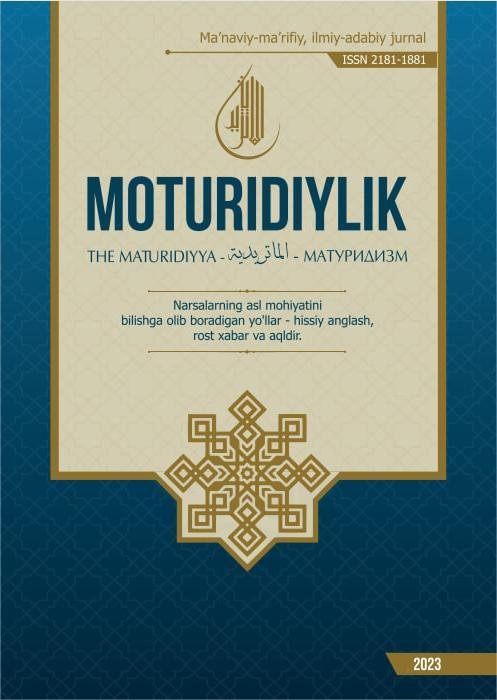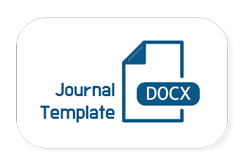DISTRIBUTION OF RELIGIOUS MEDIA CONTENTS ON WEBSITES IN GERMANY
DOI:
https://doi.org/10.47980/MOTURIDIY/2023-4/11Keywords:
Religious media contents, constitution, tolerance, arrangement, translation, information space, fact checking, diaspora, religious freedomAbstract
Religious media content on the Internet and mass media, while making a huge contribution to the development of world culture, also creates threats of extremism under the guise of religion. In the religious-educational
field of new Uzbekistan, the ideas related to the system of corrections in growth rates are being used to influence the minds of people of all ages and classes, and to shape their worldview. Therefore, the positive experiences of religious media contents of Uzbekistan and Germany, as well as their impact on social consciousness and behavior, the security of the national information space, and the scientific conceptual research of the processes related to the religious factor are becoming of urgent importance. Determining the characteristics of European religious media
content on the example of Germany and studying and analyzing the methods used by similar developed countries will increase the relevance of the topic. This defines the importance and the purpose of exploring the dissemination of religious materials, identifying the scientific-ethodological, social-ethical problems and to solve the practical issues related to the research of religious media content in Germany.
References
Carl Christian Führer and Corey Ross. (2006). Mass Media, Culture and Society in Twentieth-Century Germany. Palgrave Macmillan.
C.Berkley.(2011).Religious Freedom in Germany. Center for Religion, Peace, and World Affairs.
Stefan Korioth.(2009).Jedernach seiner Façon: Grundgesetzfür die multireligiöse Gesellschaft. KritischeJustiz.
Carl-Heinz Ladeur and InoAugsberg. (2011). The Myth of the Neutral State. The relationship between state and religion in the face of new challenges. German Law Journal
Stefan Muckel. (1999). The Church of Scientology under German Law on Church and State. German Yearbook of International Law
https://platform.globig.co/knowledgebase/DE/landscape/holidays-in-germany-
https://platform.globig.co/knowledgebase/DE/landscape/holidays-in-germany-festivals
Heinig. (2015). Law on Churches and Religion in the European Legal Area. Palgrave
HakanTosuner, (2023)«The Media and the Muslims». EUV.
Ruth Tsuria. (2023). Religion, Media and Digital
Culture. Brill.
Carl-Heinz Ladeur. (2009). The Relationship of State and Religion in the Face of Fundamentalism. 30 Cardozo L. Rev.
https://sendpulse.com/support/glossary/mass-media
https://www.state.gov/reports/2021-report-oninternational-religious-freedom/germany
Downloads
Submitted
Published
How to Cite
Issue
Section
License
Copyright (c) 2025 Shahzoda ABDURAIMOVA (Author)

This work is licensed under a Creative Commons Attribution-NonCommercial 4.0 International License.


















